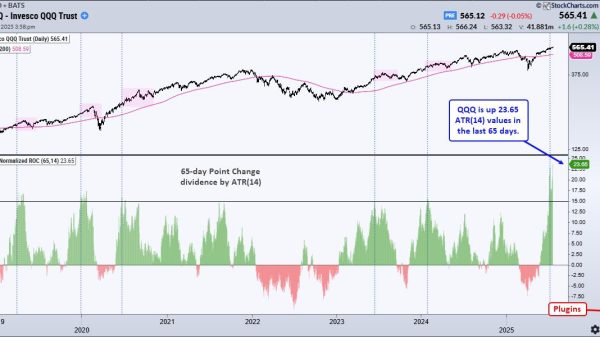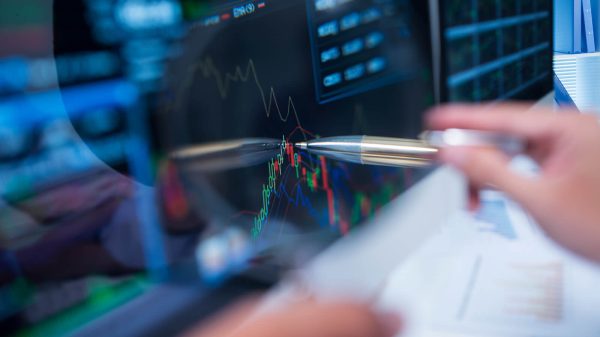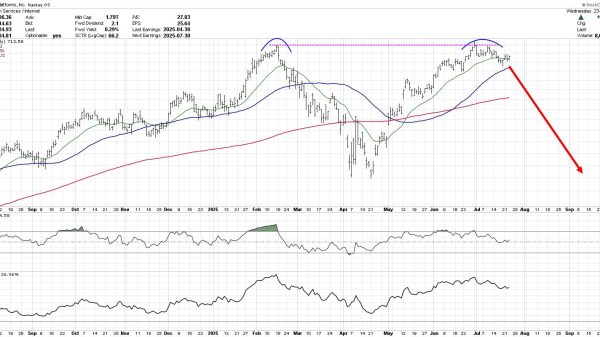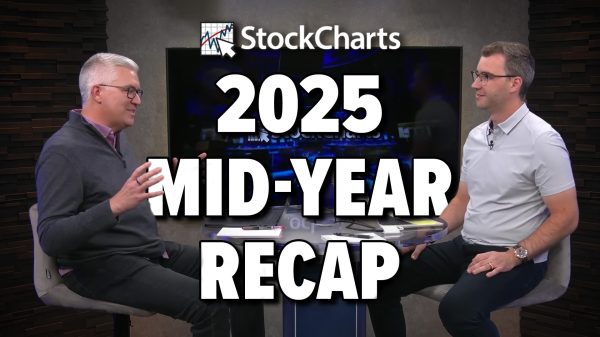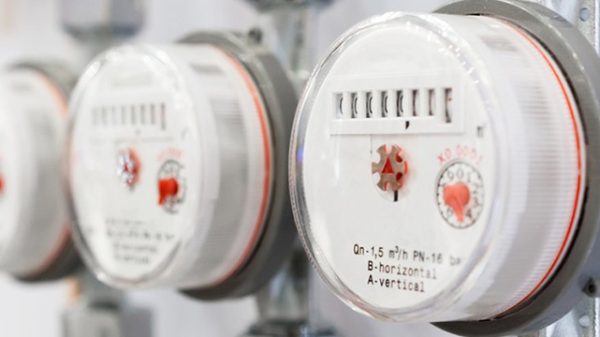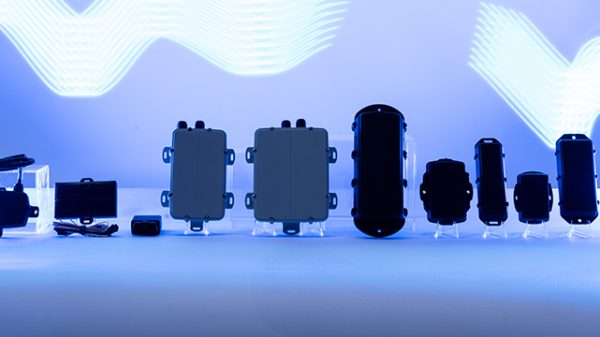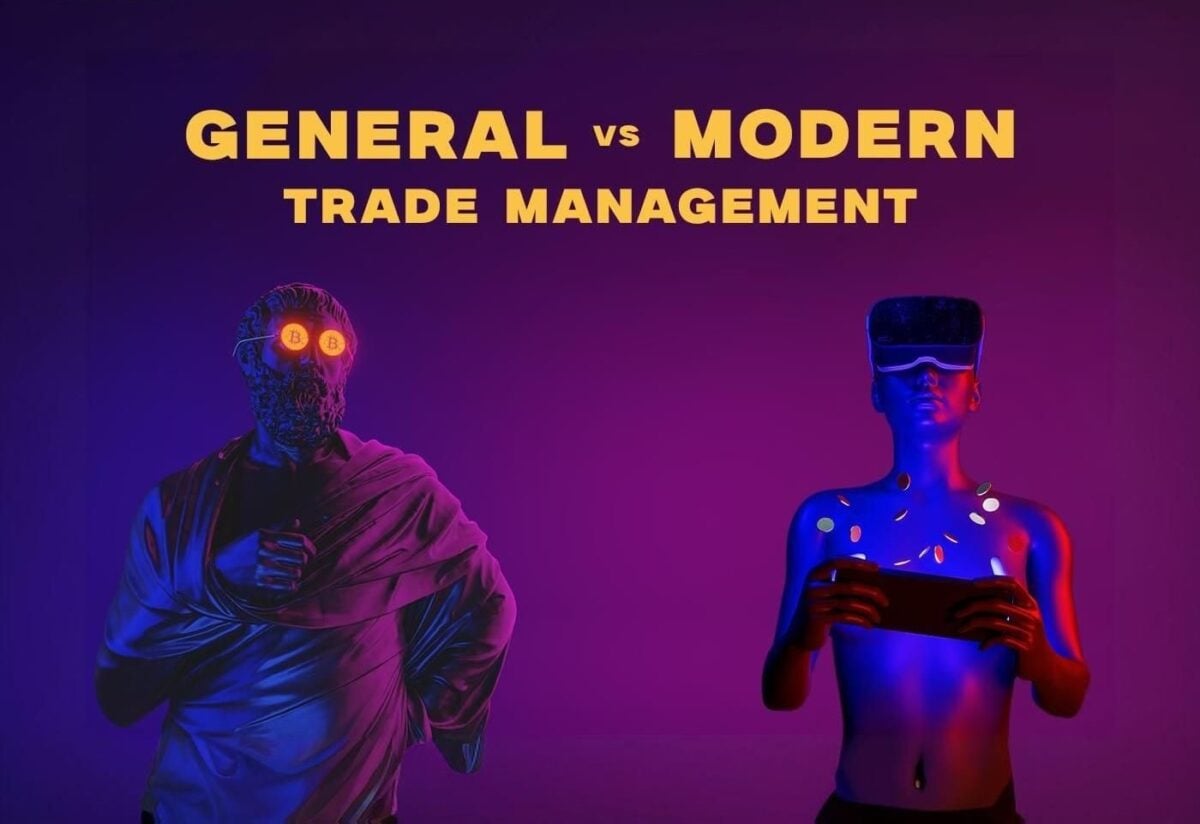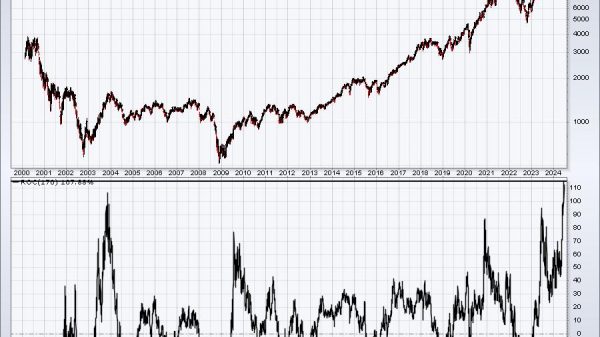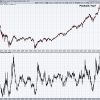What Is Modern Trade vs General Trade?
Modern Trade: Modern trade (corporate retail, large-scale retail) is known as the more organised retail sector. Examples include large-format stores, hypermarkets, and supermarkets. Large retail corporations and chains usually own these modern trade markets.
General Trade: People refer to general trade as the conventional retail industry. It consists of mom-and-pop shops, small grocery stores, and convenience stores. These businesses are usually run and owned independently. Since general trade stores frequently operate in neighborhoods or local marketplaces, customers can easily access them.
Modern Trade Meaning
Modern trade combines traditional retail techniques with digital technologies to give customers a seamless shopping experience. It involves connecting with customers and facilitating transactions through multiple channels, including social media platforms, mobile apps, and online marketplaces.
Businesses can improve customer engagement, streamline operations, and reach a larger audience with modern trade.
As a result of the rapid growth of e-commerce and technological advancements, the idea of corporate retail has become popular in recent years. Online shopping is increasingly favoured by consumers due to its convenience, affordable prices, and a wider selection of goods. Businesses now need to use modern trade methods and adapt to this shift to remain relevant in the digital age.
Characteristics of Modern Trade Marketing
Layout
Compared to traditional trade, corporate retail operates on a larger scale. Hypermarkets and supermarkets offer a wide range of products, while department stores provide a carefully curated assortment of goods in different categories. This scale makes economies of scale possible, potentially reducing consumer prices.
Operations
Modern trade establishments adhere to standardised business operations, encompassing supply chain logistics, merchandising strategies, and inventory management. This ensures a consistent shopping experience across various locations in the same chain.
Technology
A great deal of technology is used in modern trade. Barcodes, inventory management software, and point-of-sale systems all help to improve efficiency. They also offer valuable insights into consumer behaviour and buying patterns.
Advantages of Modern Trade
Visibility: Modern trade products benefit from appealing displays and prime shelf space, which increases visibility and the likelihood of purchase. Consistency: Brands have more control over how their products are displayed in modern trade environments, ensuring consistent marketing and messaging. Effective Data Gathering: Brands can obtain precise and up-to-date sales data through advanced point-of-sale systems. This enables better demand forecasting and inventory control. Greater Purchase Volumes: Because large-scale retail markets often deal in larger volumes, brands may experience an increase in sales.Disadvantages of Modern Trade
High Competition: It can be very difficult for smaller brands to secure shelf space in modern trade outlets. Strict Requirements: Brands may struggle to meet the strict packaging, product quality, and pricing requirements imposed by modern trade retailers. Discounts and Margins: Although large-scale retail often leads to higher sales volumes, the discounts demanded by retailers can negatively affect brand profit margins. Dependency on Fewer Retailers: If a brand’s distribution network relies heavily on a small number of modern trade retailers, it may be vulnerable to changes in retailer preferences or policies.General Trade in Traditional Retail and Global Commerce
General trade, also known as traditional trade, includes the conventional distribution chain. It starts with manufacturers, moves goods to wholesalers and retailers, and ends with the final customer. This trade model has been the backbone of global trade for centuries and remains influential in many markets today.
Traditional forms of trading include roadside stalls, kiosks, and local standalone stores, with minimal infrastructure and owners who are entrepreneurs rather than shareholders or investors.
Local standalone stores, part of the broader trade channel, include mom-and-pop shops in the USA, sari-sari stores in the Philippines, and kirana stores in India. In general trade, sales representatives take orders directly from shop owners, which differentiates it from other trade models.
Importance of General Trade
Success: Through general trade, brands can reach numerous small retailers in rural or less-developed areas. This wide distribution ensures that products are accessible to a broad range of customers. Individualised Relationships: Building ties with local merchants fosters a personalised approach. Brands can enhance customer loyalty by catering to specific regional preferences. Reduced Entry Barriers: General trade can be an appealing option for new small shops that lack the resources for large-scale distribution, due to its low barriers to entry. Fast Feedback Loop: Brands can obtain rapid feedback on their products through direct interactions with retailers and frequent end users, allowing for real-time adjustments and improvements.Disadvantages of General Trade
Limited Control: With several intermediaries involved, brands may struggle to manage retail pricing, product presentation, and promotional strategies effectively. Inconsistent Branding: Since general trade is decentralised, branding and messaging may be inconsistent, potentially weakening the brand’s reputation. Limited Available Data: Accurate sales data from numerous small retailers can be hard to collect, complicating inventory management and demand forecasting. Competition and Margins: Due to general trade’s fragmented nature, retailers may face stiff competition from each other, leading to price wars that threaten profit margins.Modern Theory of International Trade
As technology advances, modern trade presents many exciting prospects. One trend to watch is the expansion of mobile commerce, or m-commerce. M-commerce shoud become the dominant online shopping channel as smartphone usage and mobile payment methods increase. To tap into this growing market, businesses need to ensure that their apps and websites are mobile-friendly.
Another trend is the rise of social commerce, where purchases are made directly through social media. Platforms like Facebook, Instagram, and Pinterest are becoming popular shopping destinations with billions of users. To capitalise on social commerce, businesses need to adapt their marketing strategies and meet customers where they spend most of their time.
Modern Trade vs General Trade Ratio in 2024
There is no standard ratio, as figures vary by region and source. However, estimates suggest that modern trade is outpacing general trade by a large margin. Here are some conclusions:
Decline in General Trade: General trade’s share should decline from approximately 85% to between 65% and 70% in the coming years, according to consultancy firm McKinsey & Co. Growth of Modern Trade: This decline correlates with a rise in modern trade’s share, which may account for up to 30% of the total market. Impact of E-Commerce: E-commerce, which is reshaping retail and cannot be strictly classified as modern trade, is gaining prominence. Its influence should grow alongside modern trade channels.The post Modern Trade vs General Trade Management appeared first on FinanceBrokerage.






